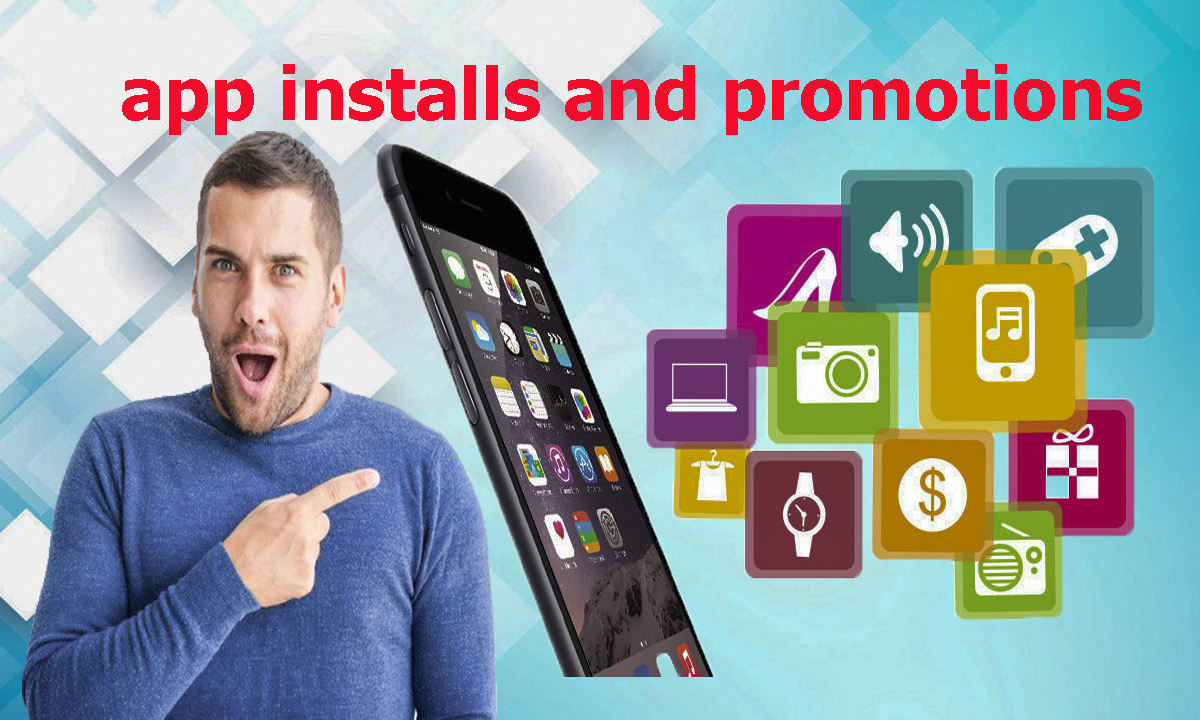According to a new report from eMarketer, “the flooded app marketplace means paid app install campaigns are a must.” Indeed, advertising is a big part of today’s app marketing toolkit, with acquisition campaigns attracting bigger and bigger chunks of their ad budgets. According to BI Intelligence, U.S. app install ad revenue alone will top $4.6 billion this year and grow to $6.8 billion by the end of 2019.

1) Running Campaigns to get app installs that increases organic growth.
Realistically speaking, the only way for apps to get noticed in a shark-infested competitive landscape is by generating a volume of getting app installs from both organic and paid sources.
Organic app installs mainly come from app store exploration or organic search. That means people discover an application after they search for a related keyword or brand search, look at top apps per category, or get a tip to download the app through an app store’s featured recommendations.
Non-organic or paid app installs are installs that were driven by active promotions, especially in an advertising campaign or through an incentivized network, where users are prompted to download and install an app in exchange for virtual currency or another incentive.
2) Gauging app install campaign operation is tricky.
Before mobile took our lives by storm, tracking and measuring digital marketing campaigns was easy — we just used cookies. Cookies enable online marketers to accurately and anonymously track users, measure the impact of their campaigns, and make smart decisions about their ad spend.
3) Be cautious the double or triple charge.
Today’s mobile measurement largely runs on a last-click attribution model. That means that the advertiser only pays the single network that drove the last click before you buy app installs (usually within a seven-day grace period). Attribution companies are able to do this because they are integrated with hundreds of networks and that gives them a bird’s eye view of the path to conversion.
Without this view, both the advertiser and the network would have no way of knowing which click was last. Networks that drove a click would then bill the advertiser – regardless of whether they delivered the last click or not. In this case, the advertiser would end up paying double or triple what it should pay as different networks will all claim credit for the same app install.
4) Comprehend which ad network drives the “best” app installs.
A common problem in getting app install campaigns happens when a network delivers tons of new users to an app only to find out that they’re low quality. The marketer’s user base may have grown, but many of these users may not have had any active app sessions nor completed any in-app actions. In an environment where most apps are free and therefore rely on in-app purchases to drive commercial success, that’s a big problem.
CONCLUSION
So if you’re one of those marketers who is thinking about running, analyzing, and optimizing their very first buy app installs ad campaign, keep on reading. We’ll touch on some of most important things to know before you run an app install campaign for the first time.